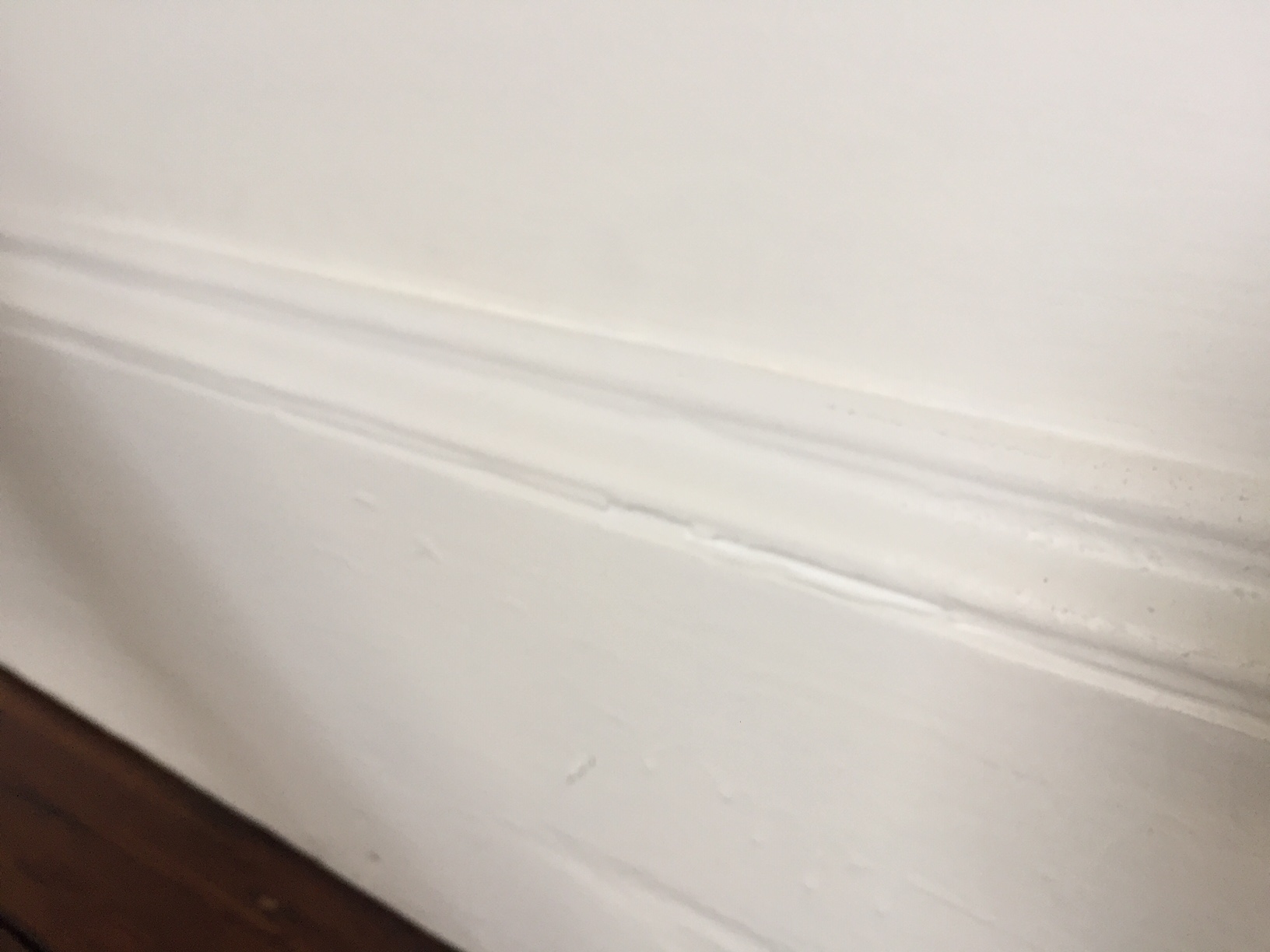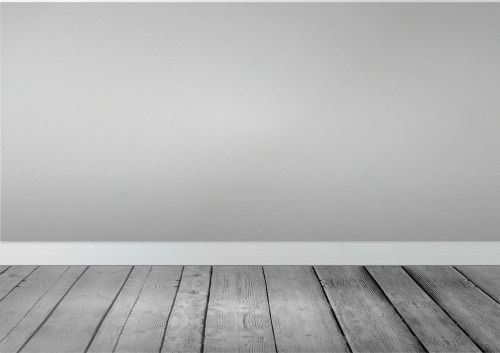Types of skirting board
Skirting boards, also known as baseboards, are boards that run around the lowest part of an interior wall. Typically, they cover the joint between the floor and the wall surface and provide protection from impact..
Many skirting boards are simple, rectangular timber boards fixed with nails, screws, glue, and so on, to the wall. However, there are some that can be used for more decorative purposes and can feature mouldings and intricate carpentry.
Common types include:
- Bullnose skirting boards have a top edge that is rounded and convex. Their design is extremely simple.
- Ovolo, with is similar to bullnose, but with a more gradual rounded curve that is set back slightly.
- Chamfered skirting boards have a top edge that is bevelled. They are slightly more stylish than bullnose boards but are still relatively simple.
- Ogee skirting boards have an ornate top edge with double curve.
- Torus skirting boards have a semi-circular, convex profile that is usually less ornate than ogee.
- Grooved skirting, which is rectangular, with one or more horizontal grooves below the top edge.
A great number of other variations are also available.

|
| Ogee profile skirting. |
There are three general types of installation:
- Applied skirting board is glued or nailed direct to the wall surface. This technique is quite common, since it is one of the easiest forms of installation.
- Flush skirting board is installed in a recess so it is flush with the wall. This permits furniture to be positioned directly against the wall. A shadow gap may be included between the skirting and wall.
- Reveal (or floating) skirting board is recessed in a manner that produces a negative space where the floor meets the wall.
For step by step installation instructions, see How to fit skirting boards.
It is possible to put skirting over skirting using skirting board covers. These can be placed directly over the original skirting boards without removing them. By avoiding the removal process, possible damage to the wall can be reduced. These covers are produced in a way that reproduces the look and feel of original skirting boards. However, they are designed specifically to be fitted over existing materials.
[edit] Related articles on Designing Buildings Wiki
Featured articles and news
Government consultations for the summer of 2025
A year of Labour, past and present consultations on the environment, the built environment, training and tax.
CMA competitiveness probe of major housing developers
100 million affordable housing contributions committed with further consultation published.
Homes England supports Greencore Homes
42 new build affordable sustainable homes in Oxfordshire.
Zero carbon social housing: unlocking brownfield potential
Seven ZEDpod strategies for brownfield housing success.
CIOB report; a blueprint for SDGs and the built environment
Pairing the Sustainable Development Goals with projects.
Types, tests, standards and fires relating to external cladding
Brief descriptions with an extensive list of fires for review.
Latest Build UK Building Safety Regime explainer published
Key elements in one short, now updated document.
UKGBC launch the UK Climate Resilience Roadmap
First guidance of its kind on direct climate impacts for the built environment and how it can adapt.
CLC Health, Safety and Wellbeing Strategy 2025
Launched by the Minister for Industry to look at fatalities on site, improving mental health and other issues.
One of the most impressive Victorian architects. Book review.
Common Assessment Standard now with building safety
New CAS update now includes mandatory building safety questions.
RTPI leader to become new CIOB Chief Executive Officer
Dr Victoria Hills MRTPI, FICE to take over after Caroline Gumble’s departure.
Social and affordable housing, a long term plan for delivery
The “Delivering a Decade of Renewal for Social and Affordable Housing” strategy sets out future path.
A change to adoptive architecture
Effects of global weather warming on architectural detailing, material choice and human interaction.
The proposed publicly owned and backed subsidiary of Homes England, to facilitate new homes.
How big is the problem and what can we do to mitigate the effects?
Overheating guidance and tools for building designers
A number of cool guides to help with the heat.
The UK's Modern Industrial Strategy: A 10 year plan
Previous consultation criticism, current key elements and general support with some persisting reservations.
Building Safety Regulator reforms
New roles, new staff and a new fast track service pave the way for a single construction regulator.

























